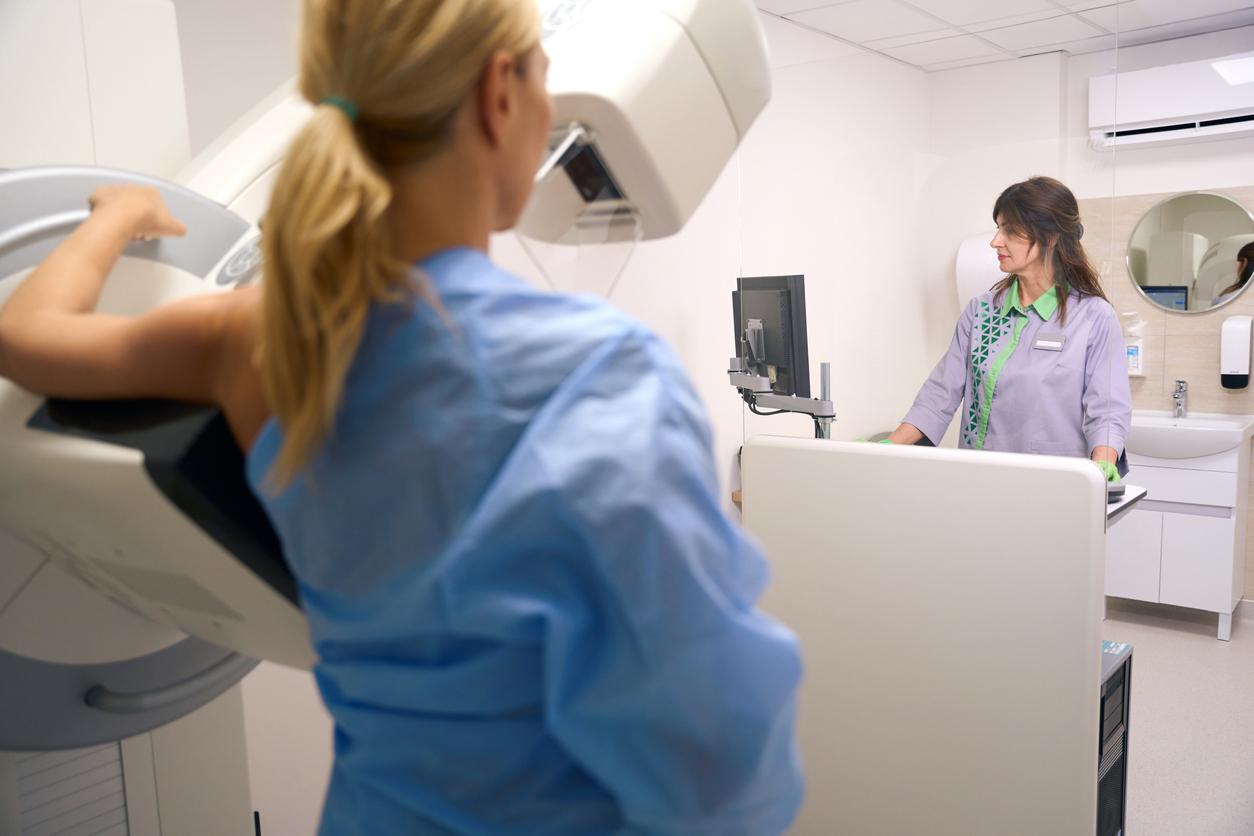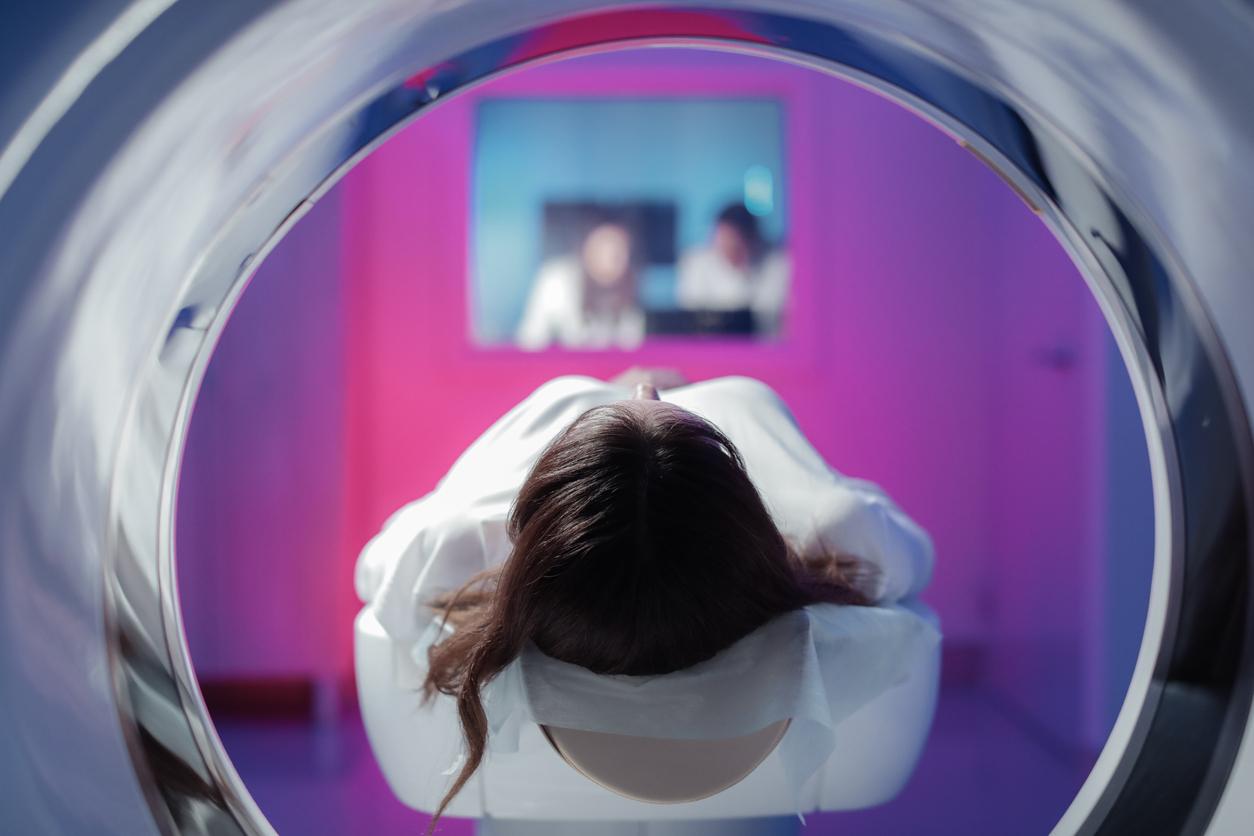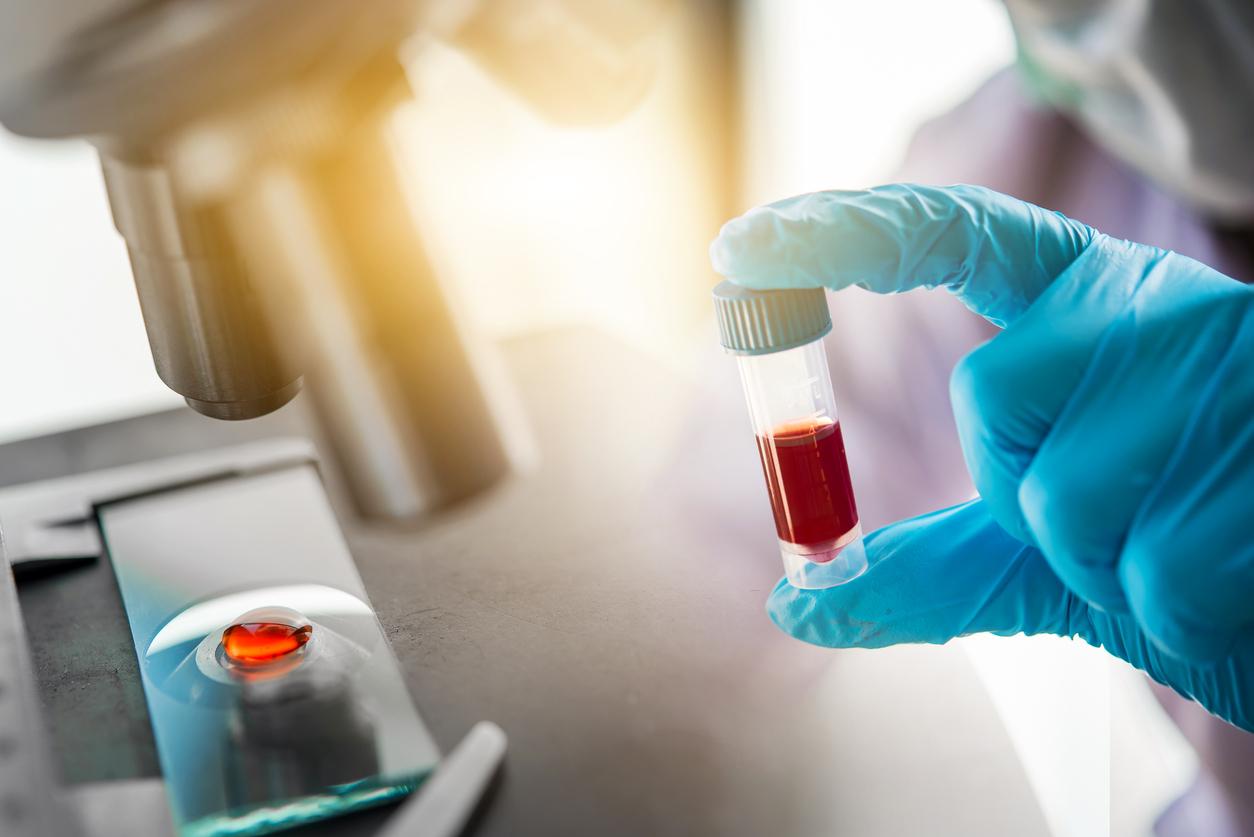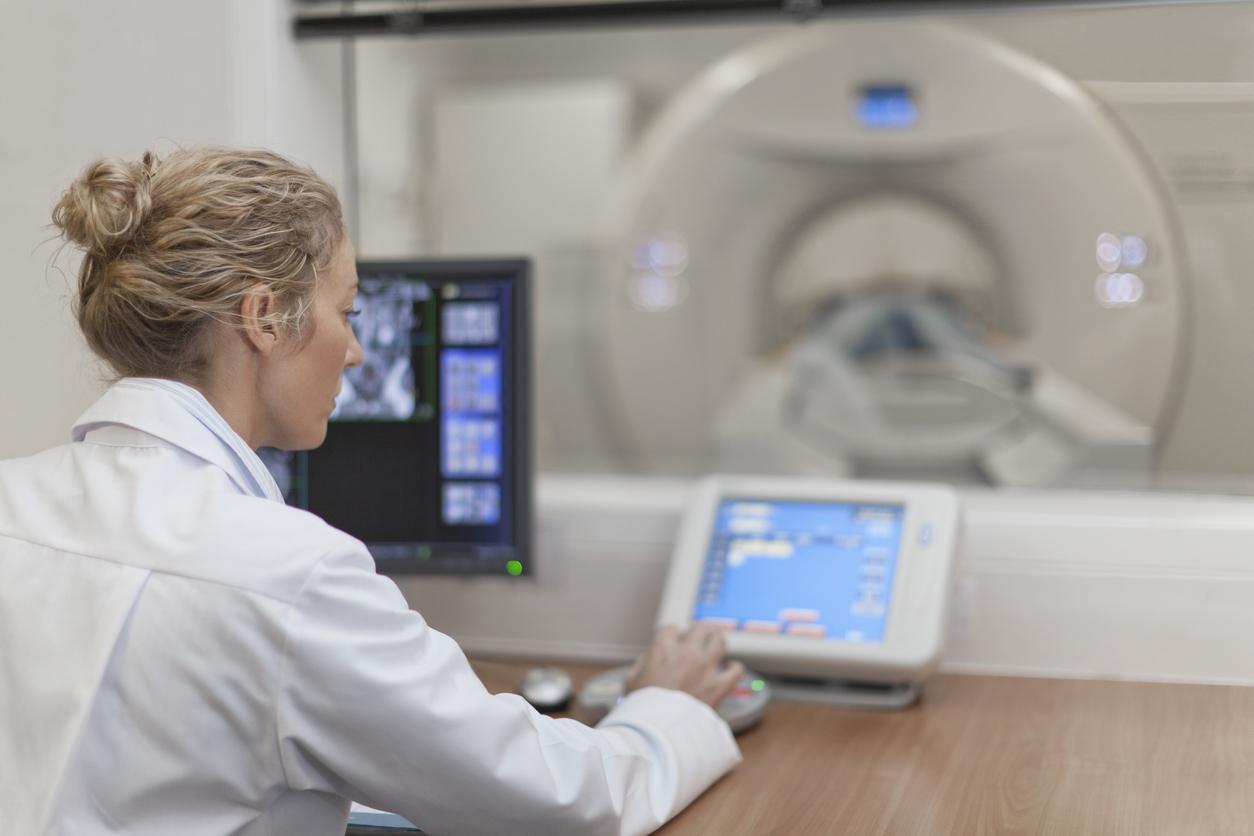A specific MRI would make it possible to diagnose Parkinson’s disease early, before this neurodegenerative disease progresses.

- Parkinson’s disease is the second most common neurodegenerative disease, behind Alzheimer’s disease.
- Currently, the diagnosis is mainly based on the elimination of other possible pathologies.
This is a major breakthrough: using quantitative MRI, scientists at the Hebrew University of Jerusalem have discovered specific abnormalities in the brains of patients with Parkinson’s disease at an early stage, less than four months later. the diagnosis.
More precise
This technology, like conventional MRI, consists of the application of magnetic fields but it makes it possible to obtain more precise biophysical properties of the tissues and to target “hidden” places in the brain, buried deep and detail them more precisely than conventional MRI.
The study published in ScienceAdvance tells us that the scientists studied the striatum, a nervous structure located under the cerebral cortex, severely affected by Parkinson’s disease and in particular the putamen, the lateral part of the striatum in which they identified tiny structural differences in 99 patients at one time. early stage of the disease compared to 46 other healthy people.
These differences are due to the drop in dopamine caused by the disease.
“In patients with Parkinson’s disease, we found abnormal gradients in the putamen, revealing changes in the posterior putamen that explain patients’ dopaminergic loss and motor dysfunction.“, write the authors.
specific
Ultimately, this discovery could allow an early and precise diagnosis of the disease.
Indeed, Parkinson’s disease develops in the brain gradually and well before the appearance of the first symptoms which can be motor, such as akinesia (slowness of movement), rigidity or tremors, but also cognitive, or trouble sleeping, balance, or smell.
L’Inserm details: ” patients remain asymptomatic until 50-70% of dopamine neurons are destroyed and the brain is no longer able to compensate for this loss.”.
When the symptoms appear, it is too late to prevent the progression of the disease and the treatments then consist of providing dopamine to limit the motor symptoms.


















